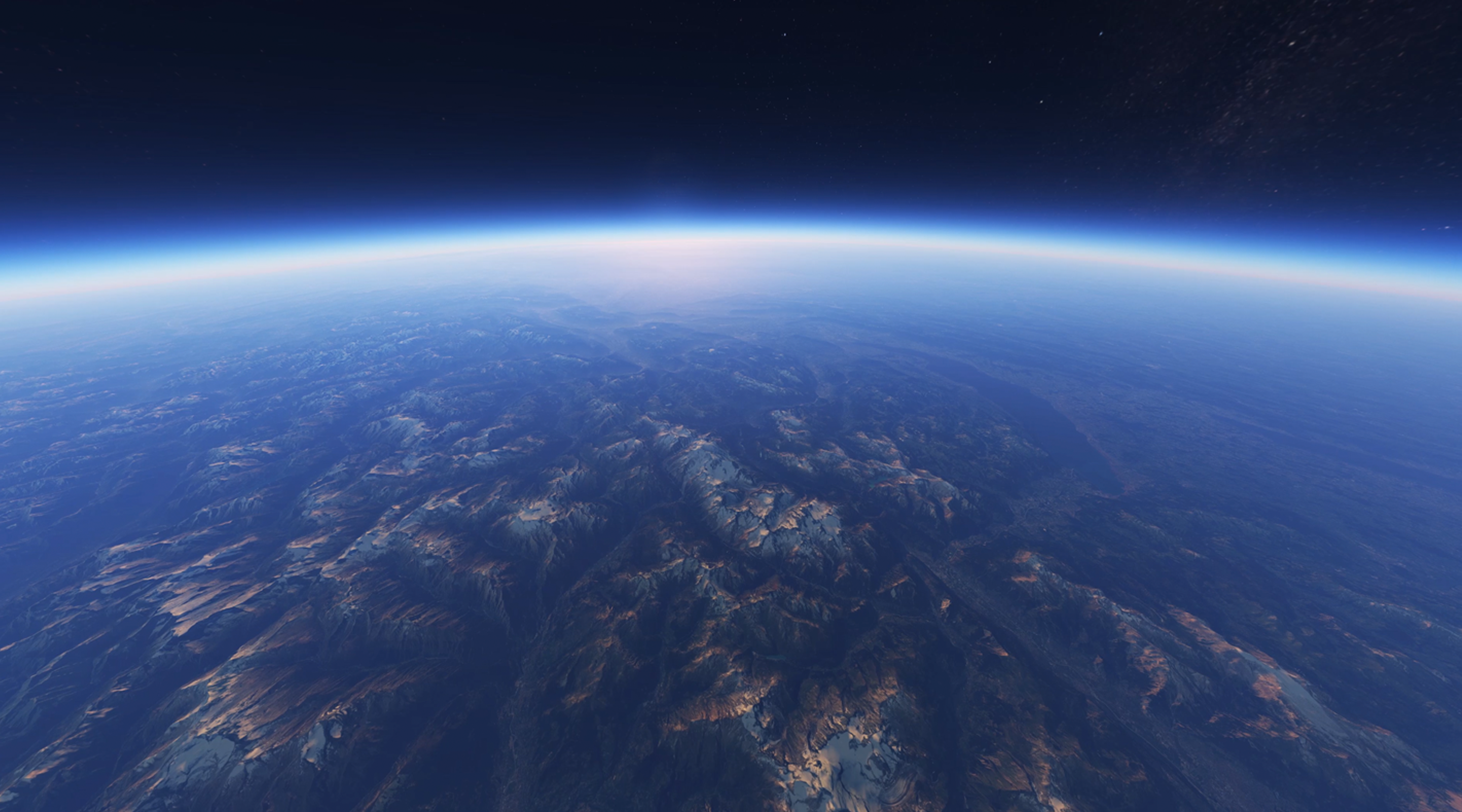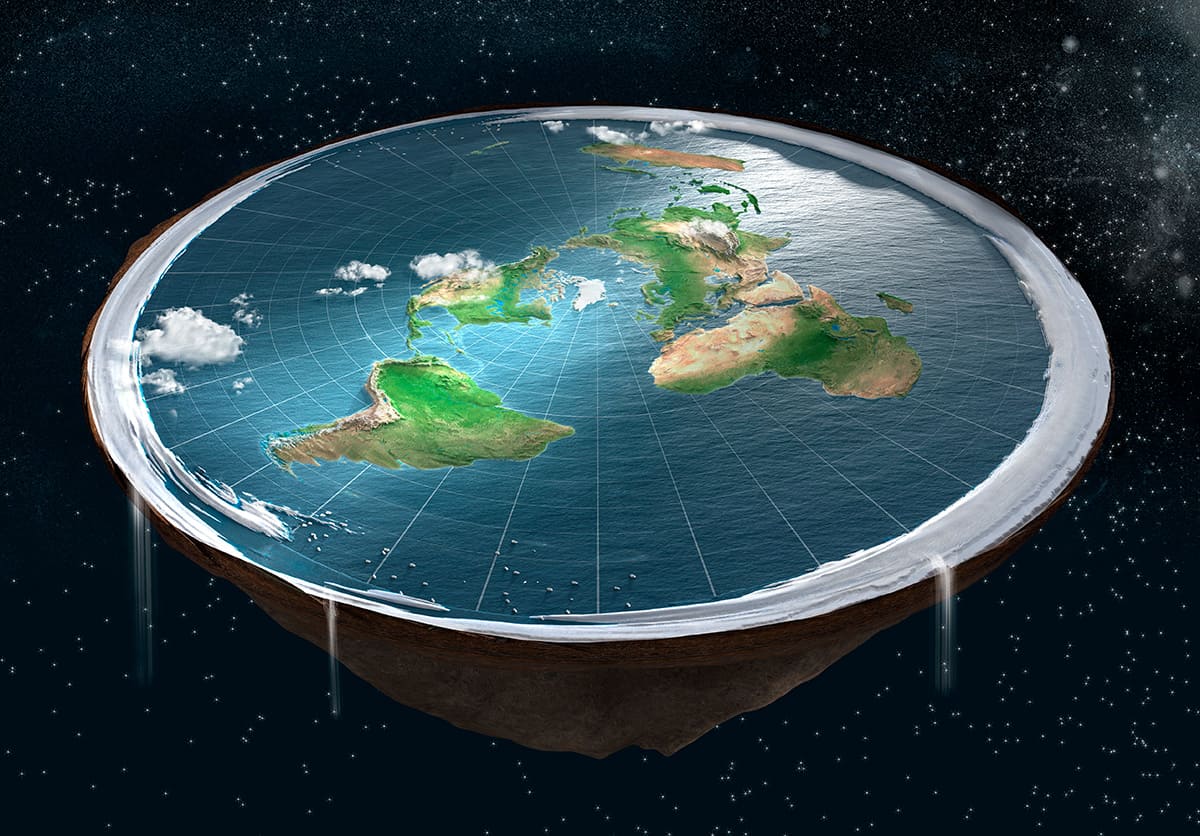All About Earth
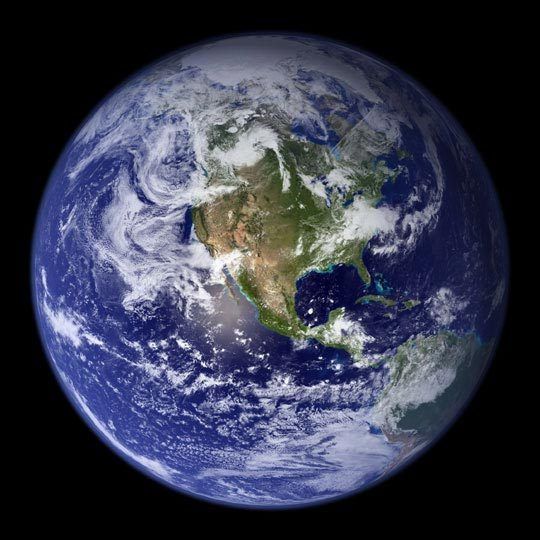
😆According to estimation and other evidence, Earth formed. Main article: The main part of Earth's magnetic field is generated in the core, the site of a process that converts the kinetic energy of thermally and compositionally driven convection into electrical and magnetic field energy. This change enabled the proliferation of and, indirectly, the formation of the ozone layer due to the subsequent. The , and then , led to humans having an and the nature and quantity of other life forms that continues to this day. In the current, oxygen-rich atmosphere most hydrogen is converted into water before it has an opportunity to escape. The element earth is associated with the planet Saturn on account of its yellow color. The , colloquially called the "last ice age", covered large parts of the continents, up to the middle latitudes, in ice and ended about 11,700 years ago. From 1980 to 2000, these events caused an average of 11,800 human deaths per year. The commonly used system has five broad groups , , , and cold , which are further divided into more specific subtypes. Below the ocean's surface are much of the , mountains, volcanoes, oceanic trenches, , , abyssal plains, and a globe-spanning mid-ocean ridge system. Beneath the lithosphere is the , a relatively low-viscosity layer on which the lithosphere rides. The atmosphere of Earth is divided into 6 layers: troposphere, stratosphere, mesosphere, thermosphere, exosphere, and ionosphere. The amount of solar energy reaching Earth's surface decreases with increasing latitude. Earth's expected long-term future is tied to that of the Sun. The moon radius — 1,738 kilometer is the fifth largest moon in the Solar System after Ganymede orbits: Jupiter , Titan orbits: Saturn , Callisto orbits: Jupiter , and Io orbits: Jupiter. The tiny makes close approaches to the Earth—Moon system roughly every twenty years. These plates are rigid segments that move relative to each other at one of three boundaries types: at , two plates come together; at , two plates are pulled apart; and at , two plates slide past one another laterally. Analysis revealed that a magnetic reversal takes place once every 40. The is 24,901 miles 40,075 kilometers , making it the largest rocky planet in the solar system. On land, biomes are separated primarily by differences in latitude, and. The deepest underwater location is the Challenger Deep of the Mariana Trench in the Pacific Ocean with a depth of 10. and From what did humankind evolve? The existence of water in the liquid phase on Earth is due to the temperature span that exists on the Earth: 0 — 100 degree Celsius. Image sources:• Earth's surface can be subdivided into specific latitudinal belts of approximately homogeneous climate. In the 'insulting' cycle, earth overcomes wood by stagnating its growth or covering it up. Those termed , such as , only renew over geological timescales. Since then, the combination of Earth's distance from the Sun, physical properties and have allowed life to and thrive. Molten lava rises from beneath the surface and moves into the gap that is created. 4 degrees, meaning that sunlight falls unevenly on the planet's surface over the course of the year, creating over most of the planet. Today the Earth sciences are divided into many disciplines, which are themselves divisible into six groups:• The continental crust consists of lower density material such as the igneous rocks and. about aerosols and extinction An is air containing particles. Because the velocity of the solar wind is greater than the speed at which waves propagate through the solar wind, a supersonic precedes the dayside magnetosphere within the solar wind. There are 2 major standing theories that suggest that life developed here from chemical reactions or that life was brought here by a process named panspermia. There is a small flattening at the poles and around the due to. It is believed that the Moon was formed after a collision billions of years ago. At the same time, the upwelling of mantle material at divergent boundaries creates mid-ocean ridges. Probably the most accurate map is the AuthaGraph World Map because it folds the Earth into a three-dimensional globe. 5 million km 930,000 mi in radius. The thickest of all the four layers of the earth is the mantle, which is 2900 kilometers thick. It has an equatorial radius of 6. live on Earth and depend on its and for their survival. a visualization of global weather conditions forecast by supercomputers updated every three hours ocean surface current estimates updated every five days ocean surface temperatures and anomaly from daily average 1981-2011 updated daily ocean waves updated every three hours aurora updated every thirty minutes translations help translate this site by visiting Community Author Cameron Beccario Free Version of Source Modules Weather Data GFS Global Forecast System Ocean Currents Data OSCAR Sea Surface Temperature OSTIA Operational Sea Surface Temperature and Sea Ice Analysis E. Above the troposphere, the atmosphere is usually divided into the , , and. Expectations were that the far side would look like the near side. The Moon has a similar structure to that of the Earth: a solid iron inner core, a liquid outer core, a thick mantle, and a crust of lighter materials on the top. There are patterns that suggest that ice ages began about 40 million years ago and intensified during the Pleistocene around 3 million years ago. Water vapor, carbon dioxide, , , and are the primary greenhouse gases in the atmosphere. The oldest oceanic crust is located in the Western Pacific and is estimated to be 200 Ma old. By comparison, the oldest dated is 4,030 Ma, although zircons have been found preserved as clasts within Eoarchean sedimentary rocks that give ages up to 4,400 Ma, indicating that at least some continental crust existed at that time. 43 million sq mi , is below sea level and covered by ocean water. Most of the growth is expected to take place in. Thermal energy causes some of the molecules at the outer edge of the atmosphere to increase their velocity to the point where they can escape from Earth's gravity. Earth's rotation period relative to the , called its stellar day by the IERS , is 86,164. Earth's rotation imaged by on 29 May 2016, a few weeks before a. varies widely around the world, but a majority live in. From 2017-01-24 04:30 UTC, this adjustment is no longer necessary because GEOS-5 appears to have been upgraded. It hit Earth with a glancing blow and some of its mass merged with Earth. Movement of these plates is also very important for other geological and life-supporting purposes. Because Earth's solar day is now slightly longer than it was during the 19th century due to , each day varies between 0 and 2 longer than the mean solar day. Earth's rotational velocity also varies in a phenomenon known as length-of-day variation. This energizes the molecules, which respond by emitting light in different colors. The most widely accepted theory of the Moon's origin, the , states that it formed from the collision of a Mars-size protoplanet called Theia with the early Earth. Our planet sits in a small corner of the Milky Way galaxy, 25,000 light-years from the galactic center and 25,000 light-years away from the rim, according to. There is a possibility that the Moon has water on it. This makes the shape of Earth approximately an oblate spheroid. A planet that can sustain life is termed , even if life did not originate there. Asteroids and artificial satellites viewing Earth from the Cupola, 2010 Earth's population consists of , objects with a and. While Earth is only the fifth largest planet in the solar system, it is the only world in our solar system with liquid water on the surface. And at the same time, we are also — that could be 1000 miles per hour depending on your position on Earth. Photosynthesis provided a source of free oxygen, but the loss of reducing agents such as hydrogen is thought to have been a necessary precondition for the widespread accumulation of oxygen in the atmosphere. International Earth Rotation and Reference Systems Service IERS Working Group 2004. 7 m The Moon is a relatively large, , planet-like , with a diameter about one-quarter of Earth's. In theory, a partitions a volume out of a by gravitational collapse, which begins to spin and flatten into a , and then the planets grow out of that disk with the Sun. A half billion years later, the arose. Oxygen cycle on earth illustration. The rapid development of as a whole over the past century and a half has given rise to an immense number of specializations and subdisciplines, with the result that the modern Earth scientist, perhaps unfortunately, tends to know a great deal about a very small area of study but only a little about most other aspects of the entire. fly at a maximum altitude of 60,000 feet which is almost 18. In modern times, Earth's occurs around 3 January, and its around 4 July. The incorporation of smaller cells within larger ones resulted in the called. The photo taken in 1990 by the spacecraft showing Earth center right from nearly 6. The resultant O 2 accumulated in the atmosphere and due to interaction with ultraviolet solar radiation, formed a protective O 3 in the upper atmosphere. First is the inaccessibility of many of the objects of study. This view from orbit shows the partially obscured by Earth's atmosphere. The first human to orbit Earth was on 12 April 1961. These and other elements are extracted by , a process which often brings environmental and health damage. Those include a rise in average temperatures by around 2. Bizarre and complex biospheres exist around at the ocean's bottom and in just about every rock and crevice ever explored. Geologists have discovered buried deep below the surface, and though nobody quite knows how or when they formed, they may be as old as the Earth itself. The orbital speed of Earth averages about 29. Whether this means that organisms exist on the bounty of worlds in our solar system or beyond remains an open question, though the has given scientists hope that life might exist in extreme environments throughout the universe. Earth's hydrosphere consists chiefly of the oceans, but technically includes all water surfaces in the world, including inland seas, lakes, rivers, and underground waters down to a depth of 2,000 m 6,600 ft. and regions have since undergone repeated cycles of glaciation and thaw, repeating about every 21,000, 41,000 and 100,000 years. In Earth's coldest regions, snow survives over the summer and. Physical characteristics Shape The summit of , the point on Earth's surface that is farthest from Earth's center The shape of Earth is nearly spherical. As a result, it always presents the same face to the planet. Common particles are dust, smoke, soot, and water droplets clouds. The continents later rejoined and combined again to form Pannotia about 600 to 540 million years ago. This lower-density air then rises and is replaced by cooler, higher-density air. Even if the Sun were stable, a fraction of the water in the modern oceans will descend to the , due to reduced steam venting from mid-ocean ridges. The mantle is the next layer down, extending to about 1,800 miles 2,900 km below the Earth's surface. Cycle of Wu Xing [ ] In the controlling cycle, earth controls water by damming or absorbing it; wood can overcome it by breaking it up by the roots. The ice sheets of and are counted as land, even though much of the rock that supports them lies below sea level. Last updated on March 6th, 2020 Earth is a beautiful place to live and explore. The on Earth is contained in 3. consists mostly of nitrogen and oxygen. The atmosphere also protects us from incoming , most of which break up in our atmosphere before they can strike the surface as meteorites. "Numerical expressions for precession formulae and mean elements for the Moon and planets". Less common is , a denser volcanic rock that is the primary constituent of the ocean floors. These plates are floating on top of the magma inside of the Earth. More of the heat in Earth is lost through plate tectonics, by mantle upwelling associated with. Processes below the Earth's crust cause these continents to move around over geological time periods. This loss of light as it passes through the atmosphere is called. It is about 20 light-years above the galactic plane in the Orion Arm. In addition to an annual component to this motion, there is a 14-month cycle called the. The liquid convects, and this motion generates magnetic fields. It also has a thin and weak atmosphere, called an exosphere. Estimates of the on Earth today vary; most species have not been. The most recent reversal occurred approximately 700,000 years ago. "The new definition of universal time". The duration for this formation has been estimated to have lasted about 10 to 20 million years. Life on Earth Perhaps the most striking thing about the Earth, and the feature that so far makes it unique throughout the known cosmos, is the presence of living organisms. It is associated with the turn of each of the four seasons and with damp weather. It is estimated that one-eighth of Earth's surface is suitable for humans to live on — three-quarters of Earth's surface is covered by oceans, leaving one-quarter as land. Earth has only one satellite — the Moon — and a couple of temporal artificial satellites. Instead, most of the hydrogen loss comes from the destruction of methane in the upper atmosphere. The Earth's crust is a thin layer that extends on average around 18 miles 30 km below our feet, containing mostly silicate and basaltic rocks, according to the. The final major mode of heat loss is through conduction through the lithosphere, the majority of which occurs under the oceans because the crust there is much thinner than that of the continents. Some theorists think that without this stabilization against the applied by the Sun and planets to Earth's equatorial bulge, the rotational axis might be chaotically unstable, exhibiting large changes over millions of years, as is the case for Mars, though this is disputed. Satellite image of Earth using 's The at Earth's averages 101. This raises the temperatures considerably and most satellites orbit the Earth in this layer. This is because a year on earth is not exactly 365 days but it is 365. The outer layer is a chemically distinct solid crust, which is underlain by a highly solid mantle. The theory states that a solar nebula partitions a volume out of a molecular cloud by gravitational collapse which begins to spin and flatten into a circumstellar disk. 32 days relative to the background stars. In the , has gone through long periods of expansion, occasionally punctuated by. The ultimate source of these figures, uses the term "seconds of UT1" instead of "seconds of mean solar time". Based on data from the and 26 March 2015 at the datasets, extreme values for coverage of lakes and streams are 0. Schematic of Earth's magnetosphere. Earth is the densest planet in the and the largest and most massive of the four. The seven major plates are the , , , , , , and. Shifts in the oceanic temperature distribution can cause significant weather shifts, such as the. These include the study of fossil fuels oil, , and coal ; oil reservoirs; deposits; for electricity and heating; the structure and composition of bedrock for the location of bridges, nuclear reactors, roads, dams, and skyscrapers and other buildings; hazards involving and mud avalanches, volcanic eruptions, earthquakes, and the collapse of tunnels; and coastal, , and. However, attempts are underway to help life survive on other planets like Mars. 7 billion-year-old rocks in , and remains of found in 4. Most of this salt was released from volcanic activity or extracted from cool igneous rocks. 5 billion years, and all ocean water will evaporate and be lost to space within an estimated 1. 000 mi above the surface of Earth. Locally varies between 5 and 200 km. GEOS-5 was constructed in the 2000s, so perhaps the model does not account for accumulation of atmospheric CO 2 over time? Along these plate boundaries, , , , and formation can occur. Though the hot material rises towards the surface, it is blocked by the crust. Viewed from Earth, the Moon is just far enough away to have almost the same apparent-sized disk as the Sun. Many volcanoes formed this way but there is a second type of collision: when two continental plates converge as one plate slides under the other the lighter mass at the surface thrusts and folds upward forming mountain chains. This last phenomenon is known as the : trace molecules within the atmosphere serve to capture emitted from the ground, thereby raising the average temperature. Weather and Climate Extremes Archive. For more information visit: Related Resources for Educators. Bekijk onze voor meer informatie. The is the outermost layer of Earth's continental surface and is composed of soil and subject to. Another convention capitalizes "Earth" when appearing as a name for example, "Earth's atmosphere" but writes it in lowercase when preceded by the for example, "the atmosphere of the earth". Yellow, orange, beige and brown colors represent Earth. When these plates collide, earthquakes happen. More solar energy is received by tropical regions than polar regions, and is redistributed by and. Our solar system is situated on a minor arm called the Orion-Cygnus arm, which branches off from the Sagittarius arm, one of the galaxy's two major spiral arms. Earth cutaway from core to exosphere. In the Southern Hemisphere, the situation is reversed, with the summer and winter solstices exchanged and the spring and autumnal equinox dates swapped. The Sun will to become a in about 5 billion years. also play an important role in regulating the surface temperature. A crescent-shaped crevasse at the bottom of the western Pacific Ocean known as the is the deepest spot on our planet, extending down to 36,037 feet 10,984 m. The total of Earth is about 510 million km 2 197 million sq mi. This hypothesis has been termed "", and it is of particular interest because it preceded the , when multicellular life forms significantly increased in complexity. When atmospheric conditions permit an uplift of warm, humid air, this water condenses and falls to the surface as precipitation. claim the planet's entire land surface, except for parts of Antarctica and a few other. Hence, an important aspect of training within the Earth sciences is an appreciation of their multidisciplinary nature. 2 million sq mi were cultivated as croplands. A planet's life forms inhabit , whose total forms the. are contained within the magnetosphere; the plasmasphere is defined by low-energy particles that essentially follow magnetic field lines as Earth rotates. The temperatures at the core have been estimated to be around 9. Humans use to construct shelters. Here we have compiled a list of some interesting facts about Earth that will help you learn more about our mother planet. Earth is the third planet from the Sun in our solar system. The average of Earth's oceans is about 35 grams of salt per kilogram of sea water 3. Hence the ability of hydrogen to escape from the atmosphere may have influenced the nature of life that developed on Earth. After this, the south will become north and vice versa. At the other extreme, the slowest-moving plate is the South American Plate, progressing at a typical rate of 10. A nebula contains gas, ice grains, and including. The air here is extremely thin and leaks into space. The Earth is gradually rotating slower at about 17 milliseconds per 1. , , , , , the growth of , and meteorite impacts are among the processes that constantly reshape Earth's surface over. The two models and the data that support them can be reconciled by large-scale , particularly during the early stages of Earth's history. In this article such fields of study are grouped under the hydrologic and atmospheric sciences and are treated separately from the geologic sciences, which focus on the solid Earth. There are a number of adjectives for the planet Earth. It is worth emphasizing two important features that the three divisions of the Earth sciences have in common. Plato correctly deduced that the Earth is spherical but this idea would take root and be proven much later. The station's , made up of six people, is usually replaced every six months. The diameter of Earth from the North Pole to the South Pole is shorter than its diameter across the Equator by 43 km. We have known about our planet since ancient times, of course. Orbital Debris Quarterly News. Earth's largest artificial satellite is the. The ozone layer blocks , permitting life on land. A common misconception is that all the rock in the mantle is ; in fact, most of it is in a highly viscous form that is so thick that it takes millions of years for its movement to become apparent. It is not a solid piece but rather broken up into huge tectonic plates. Full-hemisphere View of Earth at Night. It is also the only planet not to be named after a Greek or Roman god. Several scientists and geologist have explored Earth and other planets. This is the maximum distance at which the Earth's gravitational influence is stronger than the more distant Sun and planets. There is still a lot we can learn about our home planet. Later, in the 17 th century, Galileo Galilei observed and discovered and that it had moons of its own, and that Venus went through phases like the Moon. The core heats the bottom of the mantle causing convection leading to the warmer material to rise. Rocks from these regions have been dated to be about 4 billion years old, nearly as old as the Moon itself. Where the crust is weaker magma can push its way through thus erupting onto the surface, forming volcanoes. They form ribbons and sheets, depending on the shape of the magnetic field. The side that we see called the near side is divided into two distinct types of regions: - Highlands, which are heavily cratered - Maria Latin for seas , which are darker and smoother. All of the planets, except for Earth, were named after Greek and Roman gods and goddesses. One common measure of extinction is AOT , which is the log of the ratio between the power of incoming light and the power of transmitted light. Etymology The word Earth developed, via , from an noun most often spelled. Other notable plates include the , the , the off the west coast of South America and the in the southern Atlantic Ocean. The result is that drives the weather and climate through redistribution of thermal energy. Locally varies between 5 and 70 km. It almost always appears in lowercase in colloquial expressions such as "what on earth are you doing? Earth's gravity measured by NASA's mission, showing deviations from the. "The East African rift system". Celestial Mechanics and Dynamical Astronomy. The lack of vegetation will result in the loss of oxygen in the atmosphere, making animal life impossible. The natural satellites of other planets are also referred to as "moons", after Earth's. now vary: recognizes the lowercase form as the most common, with the capitalized form an acceptable variant. The average diameter of the reference spheroid is 12,742 kilometres 7,918 mi. As and described, Earth is the center to which all movements tend to go to even if temporarily, that is to say, it can polarize with any of the other movements-elements: Fire, Water, Wood and Metal. These plates move, driven by the flow of rock in the mantle that is in turn powered by heat. The origin of life on Earth is still disputed. The land-based ecosystem depends upon and fresh water, and the oceanic ecosystem depends on dissolved nutrients washed down from the land. Basically, organisms such as extremophiles can become trapped in debris ejected into space after collisions between planets and other small objects. During the summer, the day lasts longer, and the Sun climbs higher in the sky. Some of the oldest evidence of microbial life suggests that it was already widespread on our planet. rocks that were , and eroded during that completed the formation of the Pangaea , before deposition of the overlying strata, in the , which marked the start of its break-up Earth's atmosphere and oceans were formed by and. Main article: The major heat-producing within Earth are , , and. This hypothesis explains among other things the Moon's relative lack of iron and volatile elements and the fact that its composition is nearly identical to that of Earth's crust. Following the Cambrian explosion, 535 Ma, there have been at least five major and many minor ones. This is where the ozone layer is present. in Russia is the largest and deepest freshwater lake, containing 5,521 cubic miles of water 23,013 cubic km — a volume approximately equivalent to that of all five of the North American Great Lakes combined. As such the core is so hot because of:• This effect is much less significant than the total energy change due to the axial tilt, and most of the excess energy is absorbed by the higher proportion of water in the Southern Hemisphere. In winter, the climate becomes cooler and the days shorter. September 2019 had some of all over the Earth. Beyond these, the thins out into the magnetosphere, where the geomagnetic fields interact with the solar wind.。
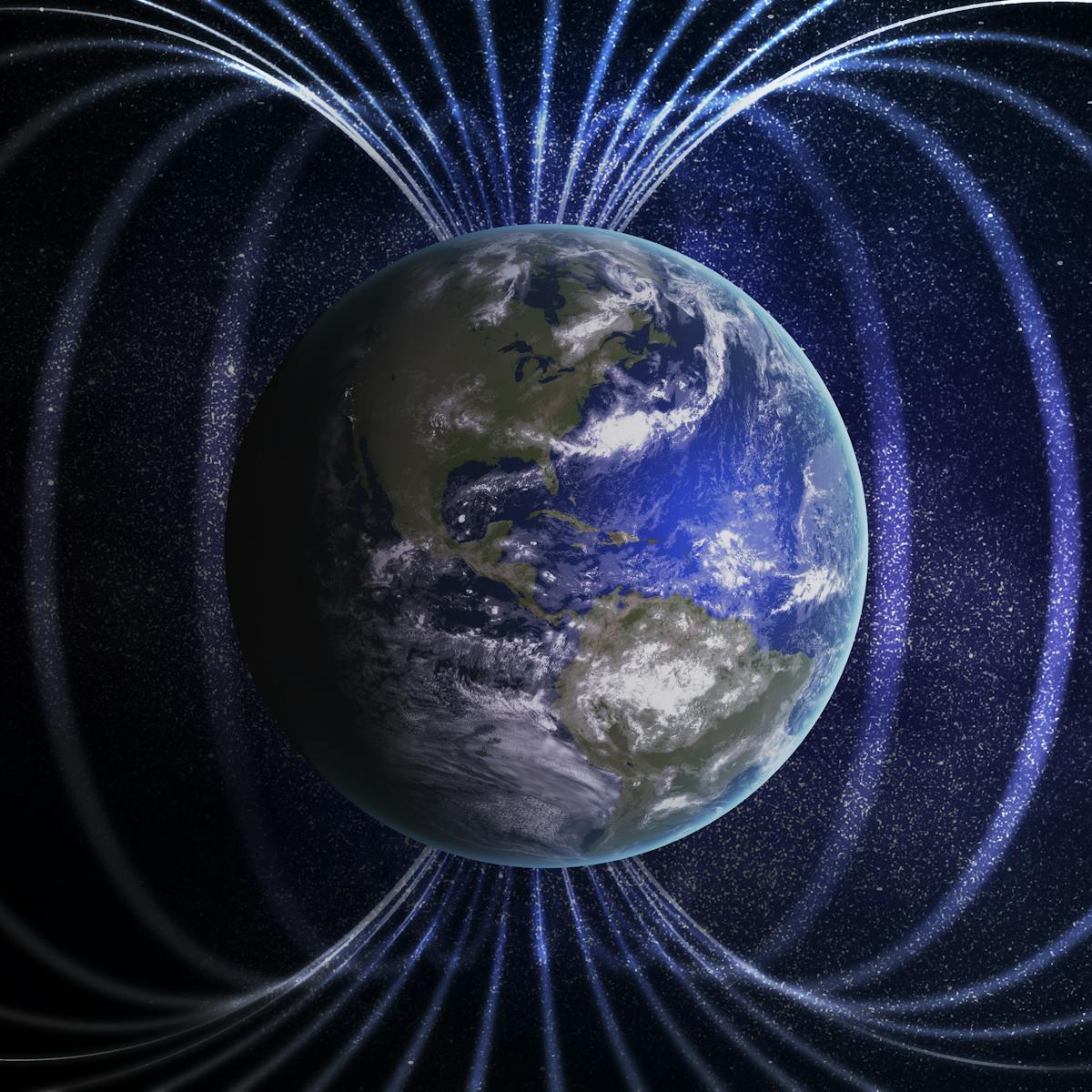

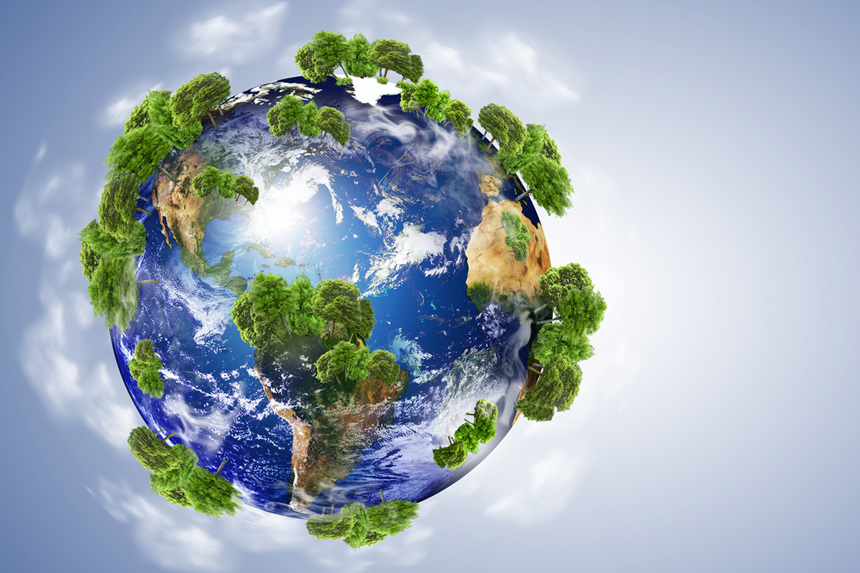

/Earth-58b9cb2d3df78c353c376a56.jpg)

